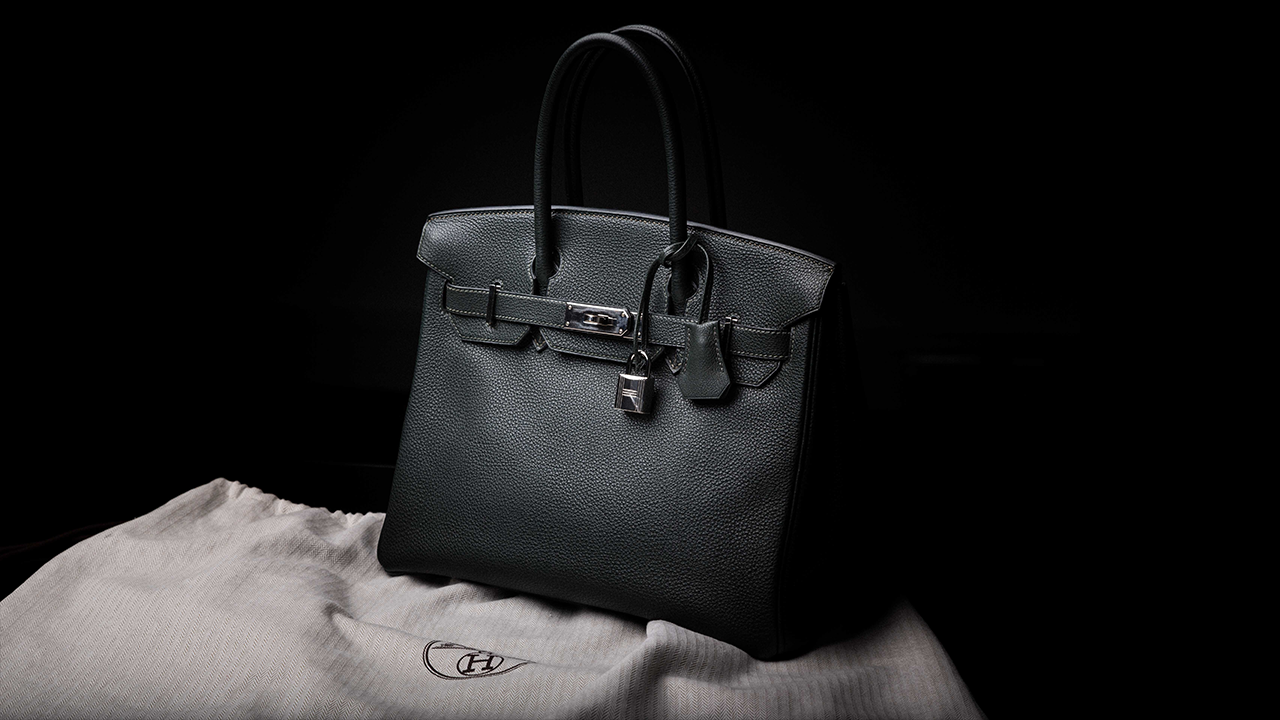High-ticket items like Birkin bags and Rolex watches are often seen as barometers for the luxury business. However, how each is being perceived during this crisis couldn’t be different. Throughout the COVID-19 outbreak, reports have shown that the secondary-market prices for Birkin bags have gone up, while the values of Rolex watches have dropped.
The amount of Birkins that appear on the resale market during a recession usually goes up, as trading a high-value item for cash flow is common during a market downturn. But what is surprising about the Birkin bag is how its price remains strong, even in times of oversupply (the basic economic principle of supply and demand doesn't seem to apply when it comes to the price of this bag). According to the financial publication Nikkei, one of the oldest second-hand luxury shops in Hong Kong, Milan Station, reported a 30-percent increase in transactions of Birkin bags over the past two months.
While the French luxury titan has not been unaffected by the COVID-19 crisis, it fared much better than its competing luxury groups. According to its most recent financial report, Hermès reported first-quarter sales of 1.64 billion — down from 1.74 billion a year earlier — and revenue at a constant exchange rate dropped by 7.7 percent. This drop was less dramatic than those of rival luxury groups like LVMH and Kering, who both posted a sales decline of 15 percent or more for the first three months of 2020.
As COVID-19 has shown, owning a Birkin bag is not just a token of status, but it has also become an investment that holds its value during the economic downturn. Below, Jing Daily looks at precisely how and why the Birkin managed to act as currency during crises.
Exclusivity: the discreet allure of Birkin Bags#
One of the main differences between investing in Birkin bags and other exclusive accessory categories like Rolex watches is its financial liquidity. Birkins are crafted in a range of different styles, colors, and models so that each bag feels unique. A traditionally long waitlist, the length of which ranges between months and years, along with recent store closings (due to halted production lines from COVID-19), means it has taken even longer to purchase and receive a Birkin order than usual.
This heightened exclusivity has boosted bag prices on primary and secondary markets, particularly in China. Upon reopening, Hermès’ Guangzhou flagship store took in record-breaking sales figures: 2.7 million in total. The store reportedly received a shipment of rare Hermès products that lured Chinese influencers and luxury consumers alike out of their homes to spend money on bags.
In the past, Birkins were comparable to another well-known signature luxury item: the Rolex watch. Despite being no less of a status symbol, the average unit price of a Rolex isn’t as high as a Birkin, though the models are quite similar. However, it usually isn’t as difficult to purchase a Rolex because there’s no comparable waiting list. Therefore, the bargaining space of a Rolex watch-owner is limited.
The target audiences for Birkin bags and Rolex watches are also quite different. Traditionally speaking, the male group purchasing Rolexes is often described as the “successful elite.” By contrast, fans of Birkin bags are stereotypically dominated by older females whose decision-making powers aren’t as affected by price changes.
Over the past few years, however, affluent millennials and successful, professional females have gradually taken up a larger share of Birkin purchases. And, at the same time, more and more male luxury buyers see that Birkin bags as good investments and have also entered the market. Because of this, the gender labels placed upon different consumer groups have been rethought in recent years.
Birkin Bags as Hard Currency#
Birkin bags are the backbone of Hermès’ overall sales, bringing in over 50 percent of the brand’s revenue. The online marketplace Baghunter reported that the average value of a resale Birkin has increased by 14 percent over the past 35 years, suggesting that Birkin bag investments could offer more stability than gold. Baghunter also noted that they’re now even considered the financial asset that experiences the least amount of volatility.
According to a report from WWDearlier this year, a new online platform named Rally Road has started securitizing and splitting high-value, IPO-style assets into shares. Categories included luxury collectibles, wines & whiskeys, rare cars, and vintage Rolex watches. In an appeal to women, Rally teamed up with the Florida-based handbag reseller Prive Porter to source 20 rare and valuable new Hermès Birkin handbags, which they will offer for investment among the 150 total assets on the platform.
This initiative is similar to how the stock market works, allowing Rally Road members to claim the purchase of shares in an appreciating item, so they can profit from that appreciation. In this way, people who can’t afford the luxury item outright can still profit from its value growth. It’s further indication that there’s a growing perception of the Birkin as a financial tool similar to stocks or securities.
China leads Asia’s appreciation for Birkins#
Year after year, the Asian market continues to be the most lucrative one for Hermès. While the world struggles to recover from the ongoing COVID-19 crisis, China's retail traffic continues to rebound, and all 11 Birkin stores in mainland China have reopened. Yet, unfortunately, as activity elsewhere increases, several neighboring countries — notably Singapore, Australia, and Thailand — have experienced a second wave of store closures due to extended government restrictions.
But the remarkable sales Hermès generated after Guangzhou's reopening probably couldn't have happened if it weren't for the company's strategic market planning. Since it entered the China market in 1996, the brand has created a luxury vision that unfailingly reaffirms the ideals of craftsmanship and exclusivity. These concepts have been reinforced by opulent store fit-outs, excellent service, high prices, and long waiting lists.
What Hermès has also grasped is that a smart marketing strategy is a big key to brand success. Every campaign message must convey the brand's core values. But Hermès is also particularly innovative when it comes to digital marketing, and it utilizes multiple creative digital strategies in the social media sector.
One example of how Hermès has harnessed the marketing power of social media was through its Twilly d' Hermès launch at Shanghai's Cha House. In 2019, the brand hosted a two-day pop-up flash sale at the historical building, which was transformed into a quaint event space for reintroducing the brand's newest IT perfume. Two days before the event, Hermès created a digital campaign on WeChat for followers to make online reservations — an ideal way to redirect online traffic to offline activities.
Decades ago, the namesake muse of the original Birkin bag, British actress Jane Birkin, hardly could've imagined that her conversation with Jean-Louis Dumas on an Air France flight would result in a legendary handbag. To this day, the bag continues to be worth so much more than its inherent value. And now, COVID-19 has proven the bag's ability to hold value as currency. But how to preserve its status by attracting China's younger generations is the next question Hermès must answer.

